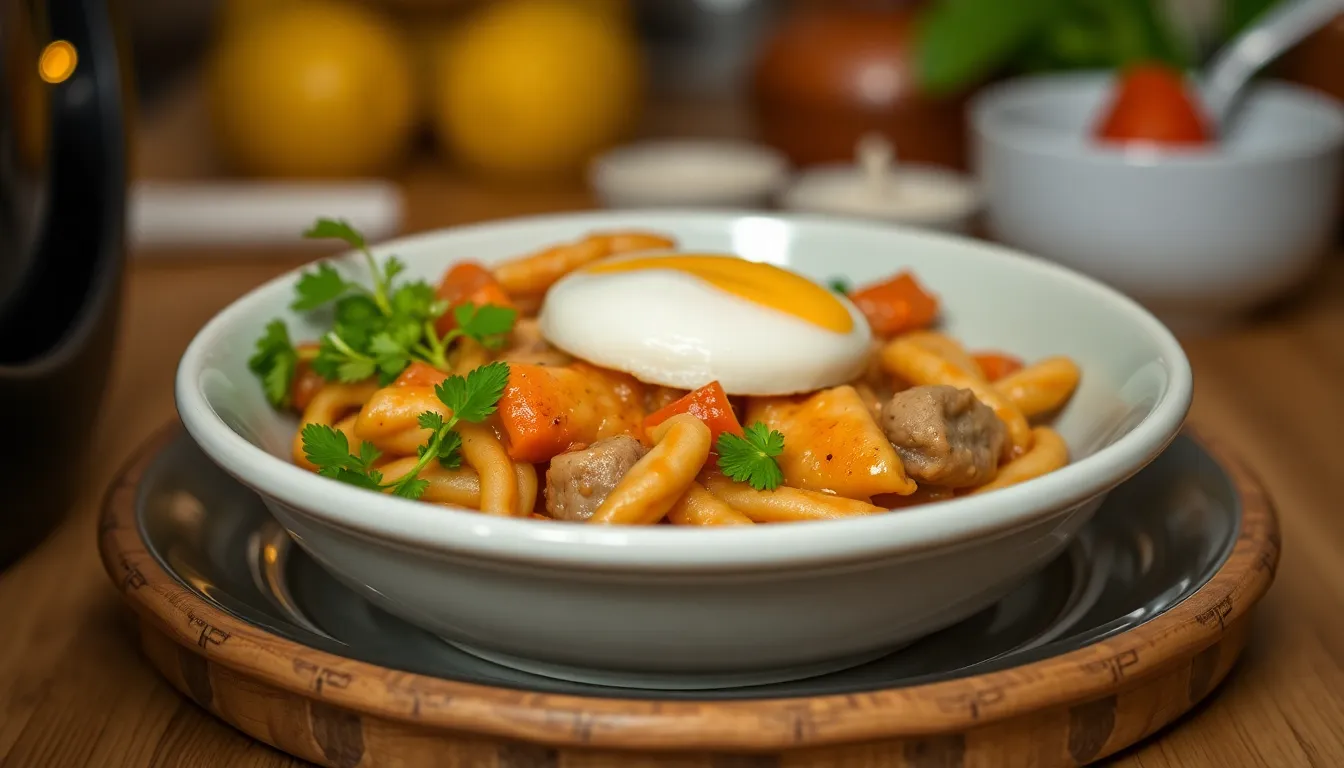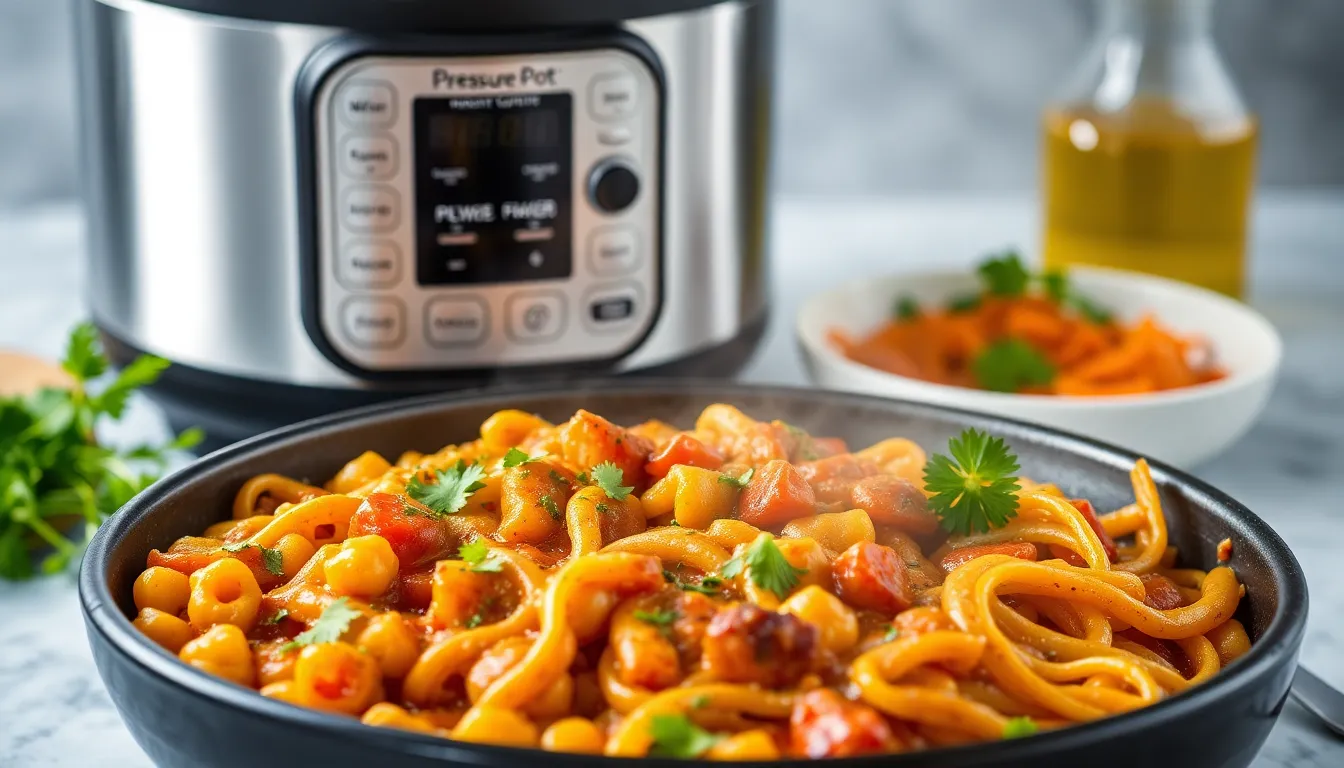Exploring the Flavor of Coriander Seeds in Your Dishes
Coriander seeds are tiny, flavorful powerhouses that play a vital role in many culinary traditions around the world. Their unique flavor profile, characterized by a warm, nutty, and citrusy taste, makes them a secret ingredient in a variety of dishes. Whether you’re a seasoned chef or a home cook, understanding how to incorporate coriander seeds into your cooking can elevate your dishes and broaden your culinary repertoire.
Section 1: What Are Coriander Seeds?
Coriander seeds come from the plant Coriandrum sativum, which is also known for its fresh leaves, commonly referred to as cilantro. These two parts of the plant, though derived from the same source, have distinctly different flavors and uses in cooking.
Botanical Background
Coriandrum sativum is a member of the Apiaceae family, which includes other herbs and spices such as parsley, dill, and caraway. The plant produces small, white or pink flowers that eventually develop into round, beige seeds. These seeds are harvested when ripe and can be used whole or ground into a powder.
Difference Between Coriander Leaves and Seeds
- Cilantro (Coriander Leaves): Bright, fresh, and aromatic, cilantro is often used in salads, salsas, and as a garnish.
- Coriander Seeds: Earthy and slightly sweet, coriander seeds are used for their warm flavor and are often added to spice blends, curries, and marinades.
Section 2: Nutritional Benefits of Coriander Seeds
Beyond their culinary uses, coriander seeds are also packed with health benefits. They are rich in nutrients and antioxidants that contribute to overall wellness.
Overview of Health Benefits
- Rich in Antioxidants: Coriander seeds contain various compounds that help combat oxidative stress in the body.
- Anti-inflammatory Properties: These seeds have been shown to reduce inflammation, making them beneficial for conditions like arthritis.
Nutritional Information of Coriander Seeds
| Nutrient | Amount per 100g | Health Benefits |
|---|---|---|
| Calories | 298 | Energy source |
| Protein | 12.4g | Supports muscle health |
| Fat | 13.3g | Provides essential fatty acids |
| Carbohydrates | 54.99g | Fuel for the body |
| Fiber | 41.9g | Aids digestion |
| Vitamin C | 0.74mg | Boosts immune function |
Section 3: How to Use Coriander Seeds in Cooking
Subsection 3.1: Whole vs. Ground
Coriander seeds can be used in two primary forms: whole and ground. Each form has its unique characteristics and ideal applications.
- Whole Seeds: Retain their flavor longer and are perfect for adding to dishes that require slow cooking, such as stews and curries.
- Ground Coriander: Offers a more intense flavor and is best used in spice blends, marinades, and dressings where a quick flavor infusion is desired.
Subsection 3.2: Toasting Coriander Seeds
Toasting coriander seeds enhances their flavor by releasing essential oils. This simple process can significantly elevate the taste of your dishes.
Step-by-Step Instructions on How to Toast Coriander Seeds
- Heat a dry skillet over medium heat.
- Add whole coriander seeds to the skillet.
- Toast the seeds, stirring frequently, for about 3-5 minutes or until they become fragrant and slightly darker in color.
- Remove from heat and allow to cool before using or grinding.
Section 4: Flavor Pairings
Coriander seeds have a unique ability to complement a wide variety of flavors, making them versatile in the kitchen. Here’s a list of flavor pairings that work well with coriander seeds:
| Flavor Profile | Example Dishes | Cuisine Types |
|---|---|---|
| Citrus | Coriander and Citrus Salad | Mexican, Middle Eastern |
| Spicy | Spicy Curries | Indian, Thai |
| Earthy | Roasted Vegetables | Global |
| Sweet | Baked Goods with Spices | Middle Eastern, Western |
Section 5: Recipes Featuring Coriander Seeds
Recipe 1: Coriander-Spiced Roasted Vegetables
Ingredients
- 2 cups assorted vegetables (carrots, bell peppers, zucchini)
- 2 tablespoons olive oil
- 1 tablespoon whole coriander seeds, toasted
- Salt and pepper to taste
Instructions
- Preheat the oven to 400°F (200°C).
- In a bowl, toss the vegetables with olive oil, toasted coriander seeds, salt, and pepper.
- Spread the vegetables on a baking sheet in a single layer.
- Roast for 25-30 minutes or until tender and golden, stirring halfway through.
Recipe 2: Coriander Seed Curry
Ingredients
- 1 cup chickpeas, cooked
- 1 onion, chopped
- 2 tomatoes, chopped
- 1 tablespoon ground coriander
- 1 teaspoon cumin seeds
- 1 tablespoon vegetable oil
- Salt to taste
Instructions
- Heat oil in a pan over medium heat. Add cumin seeds and let them sizzle.
- Add chopped onions and sauté until golden brown.
- Stir in the chopped tomatoes and cook until soft.
- Add the cooked chickpeas, ground coriander, and salt. Mix well and let simmer for 10 minutes.
Recipe 3: Coriander and Citrus Salad
Ingredients
- 2 cups mixed greens
- 1 orange, segmented
- 1/4 cup red onion, thinly sliced
- 2 tablespoons toasted coriander seeds
- 3 tablespoons olive oil
- Juice of 1 lime
- Salt and pepper to taste
Instructions
- In a large bowl, combine the mixed greens, orange segments, red onion, and toasted coriander seeds.
- In a small bowl, whisk together olive oil, lime juice, salt, and pepper.
- Drizzle the dressing over the salad and toss gently to combine.
Section 6: Tips for Storing Coriander Seeds
To preserve the flavor and potency of coriander seeds, proper storage is essential. Here are some tips:
- Keep them dry: Store coriander seeds in an airtight container to prevent moisture absorption.
- Cool and dark environment: Keep the container in a cool, dark place such as a pantry or a cabinet away from sunlight.
- Shelf life: Whole coriander seeds can last for up to 3 years, while ground coriander is best used within 6 months for optimal flavor.
- Signs of spoilage: If the seeds lose their aroma or develop an off-flavor, it’s time to replace them.
Conclusion
Coriander seeds are a versatile and flavorful spice that can transform your cooking. With their rich nutritional benefits and ability to complement a variety of dishes, they are an essential ingredient in many global cuisines. We encourage you to experiment with coriander seeds in your home cooking, whether by toasting them for extra flavor, incorporating them into your favorite recipes, or trying something new.
Call to Action
Have you used coriander seeds in your cooking? We would love to hear your favorite recipes or experiences in the comments section below!
Additional Resources
- Cooking with Spices: A Comprehensive Guide
- Herbs for Health: Nutritional Benefits of Common Herbs
- Best Cookbooks for Exploring Spices




